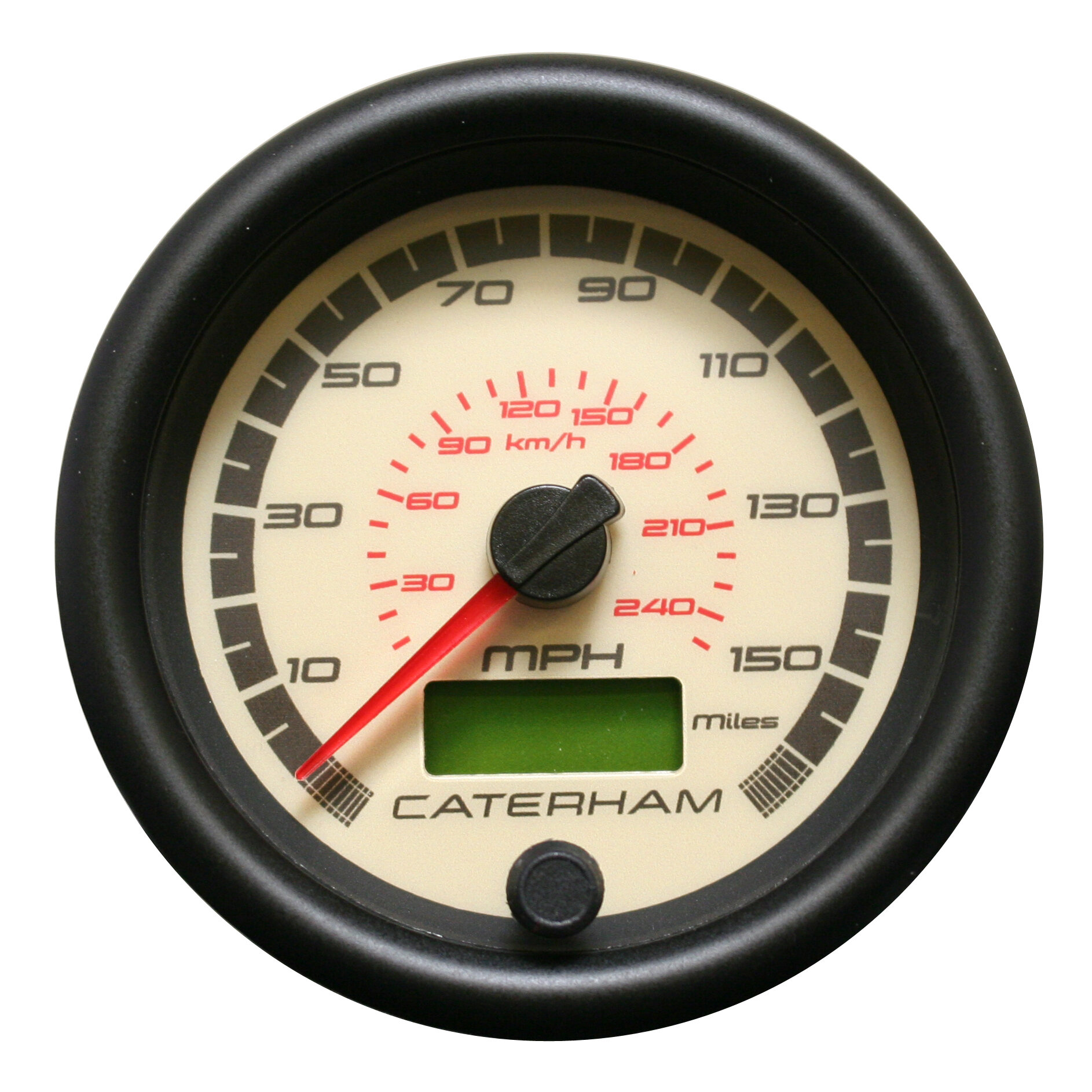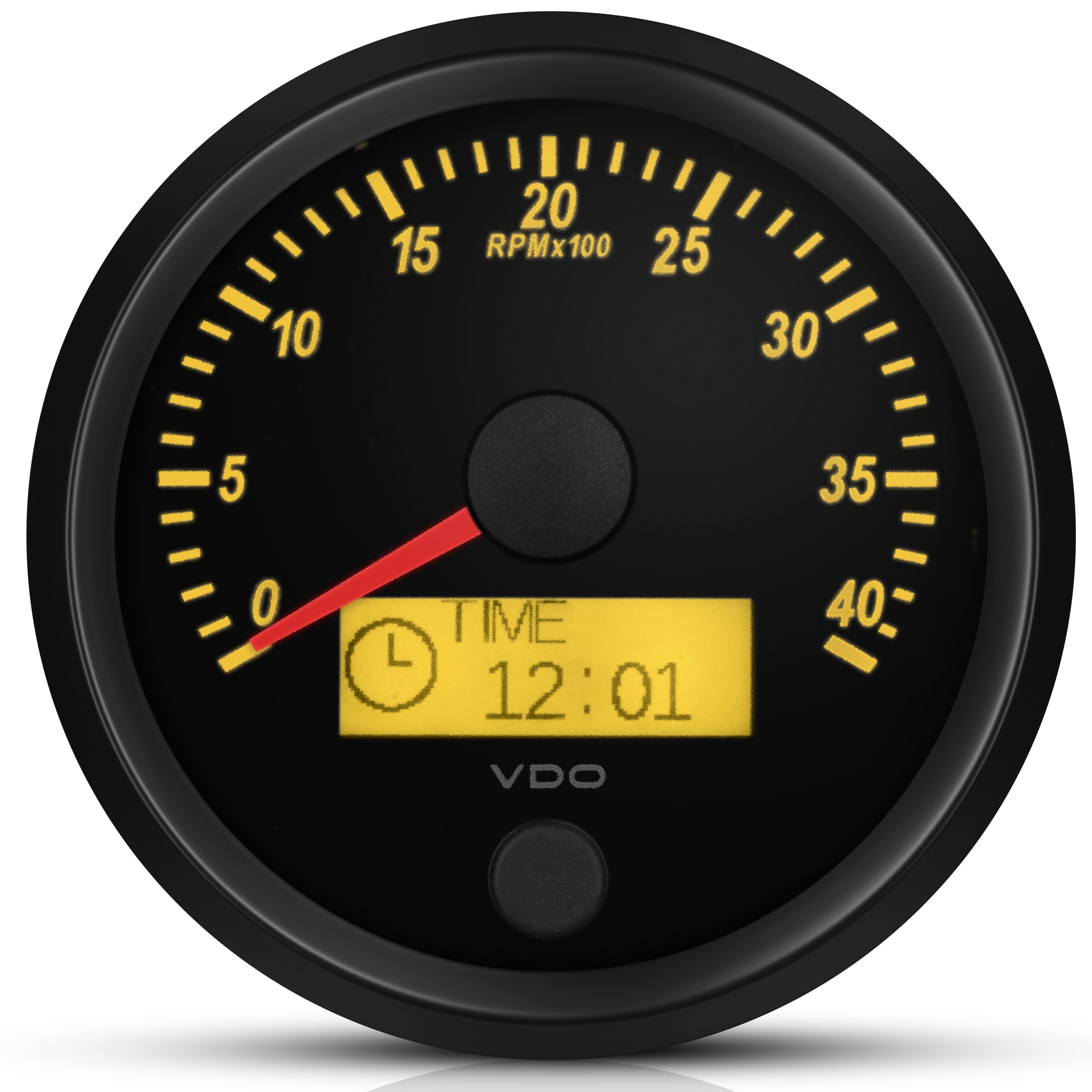Tachometer Fundamentals: Every Little Thing You Need to Know for Accurate Readings
Tachometer Fundamentals: Every Little Thing You Need to Know for Accurate Readings
Blog Article
The Value of a Tachometer in Checking Engine Speed and Efficiency in Automotive Applications
In the world of automotive engineering, the tachometer stands as a critical tool in the vehicle driver's collection, giving a direct window into the inner functions of an automobile's engine. Past its feature as a plain gauge of revolutions per minute (RPM), the tachometer serves as an essential tool for enthusiasts and experts alike, using real-time insights into engine performance and health.
Significance of Checking Engine RPM
Keeping an eye on engine RPM, or transformations per minute, is a crucial facet of vehicle maintenance and efficiency assessment. Engine RPM straight correlates with the rate at which the engine's crankshaft revolves, indicating just how rapidly the engine is running.
In addition, keeping track of engine RPM is necessary for efficiency assessment in racing and high-performance vehicles. In summary, keeping an eye on engine RPM is not just vital for discovering concerns yet also for optimizing engine efficiency in numerous auto applications.

Advantages of Real-Time Information
In automobile applications, real-time data plays a crucial role in offering instant insights into the efficiency and condition of the automobile. By constantly keeping an eye on numerous criteria such as engine rate, temperature level, fuel usage, and much more, real-time data provides various benefits that contribute to enhanced performance and safety and security when driving.
One substantial benefit of real-time information is its capability to alert drivers and technicians to any kind of abnormalities or problems immediately. This positive method enables fast recognition of prospective problems, permitting for prompt interventions to avoid further damages or malfunctions. Furthermore, real-time data promotes efficiency optimization by offering prompt responses on driving practices and engine efficiency. Vehicle drivers can change their behavior in real-time based upon this info to achieve far better fuel economic situation and extend the lifespan of their lorry.

Additionally, real-time data plays a crucial duty in contemporary auto diagnostics, enabling service technicians to quickly identify and resolve malfunctions. This leads to decreased downtime, reduced upkeep costs, great post to read and eventually, boosted overall automobile integrity and longevity (tachometer). By taking advantage of the power of real-time information, automotive stakeholders can make educated choices that favorably influence both the performance and durability of the automobile
Effect On Gear Shifts
The tachometer plays a critical duty in optimizing equipment shifts by offering real-time engine speed information to the motorist. When coming close to the redline on the tachometer, it indicates the more motorist to upshift to stop over-revving the engine and causing potential damage.
Moreover, the tachometer help in attaining smoother equipment shifts, especially in manual transmissions. By monitoring engine rate, vehicle drivers can carry out gear shifts at the optimum RPM array, minimizing jerking motions and decreasing endure the transmission elements. This precision in equipment modifications not only boosts driving convenience but also adds to fuel efficiency.
Enhancing Gas Effectiveness
Given the essential function the tachometer plays in enhancing gear changes for performance and engine wellness, it straight contributes to making the most of gas effectiveness in automotive applications. By giving real-time Go Here comments on engine rate, the tachometer helps drivers in preserving the most effective RPM range for gas economy. When motorists regularly check the tachometer and change their motoring practices as necessary, they can avoid unneeded gas usage brought on by over-revving or lugging the engine.
Moreover, the tachometer helps chauffeurs determine the most fuel-efficient gear to be in at any type of given minute, stopping the engine from functioning tougher than essential. In verdict, the tachometer offers as a beneficial device in boosting fuel effectiveness by promoting ideal driving practices and determining areas for improvement in the vehicle's performance.

Taking Full Advantage Of Engine Durability
The tachometer's duty in keeping an eye on engine rate and performance is crucial in making sure the longevity of vehicle engines. Monitoring the tachometer enables vehicle drivers to stay within the advised RPM range for their automobile, preventing unnecessary pressure on the engine and extending its life expectancy.

Final Thought
Finally, the tachometer plays a critical function in checking engine speed and efficiency in automobile applications. By providing real-time data on RPM, it enables efficient equipment changes, improved fuel performance, and optimized engine durability. This tool is essential for preserving optimum engine performance and making certain the overall performance of a vehicle.
Report this page